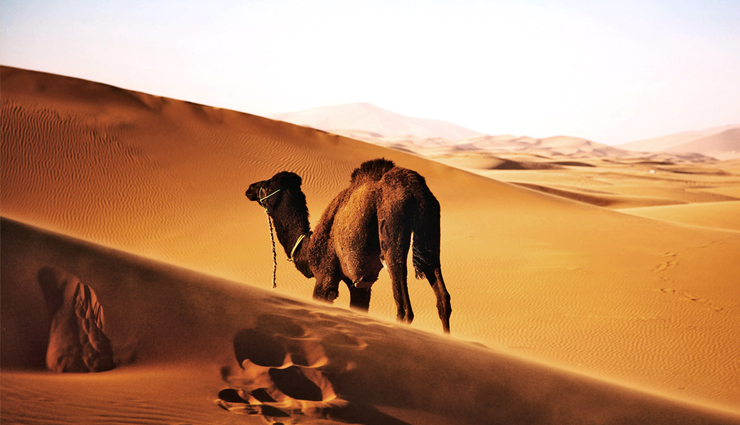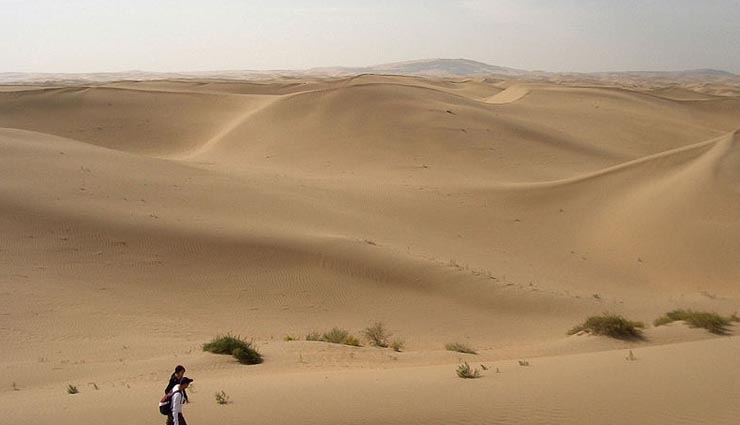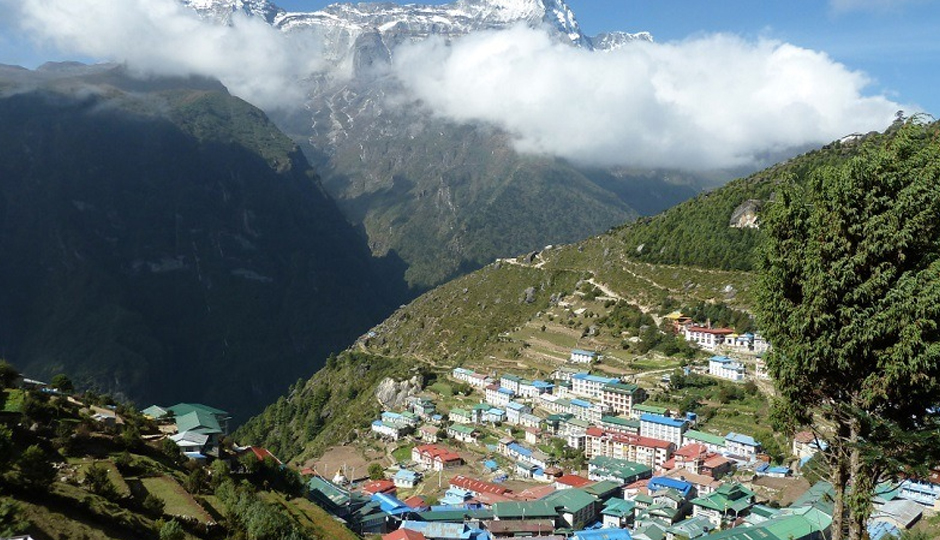5 Deserts That Are Worth Visiting
By: Priyanka Maheshwari Thu, 30 July 2020 10:40:05

We know our amazing planet is home to a stunning array of different climates and geographies. From the highest mountains to the lowest valleys, from the coldest places on earth to the warmest, Mother Nature has covered just about every extreme we can think of. Deserts are one of those extremes, typically very dry areas, often with an unforgiving climate and temperatures wild enough to break thermometers. But not all deserts are created equal.

# Great Victoria Desert
Mention of Australia tends to evoke images of the Outback, a desert area with little life and harsh climates. While much of the continent is covered by arid areas, it’s not just one big desert. The Great Victoria Desert, located in south and western Australia, is the largest of all Australian deserts, covering approximately 350,000 km (135,000 miles). Average rainfall is irregular, ranging between 200 and 250 mm (8 and 10 inches). The temperature is also variable: daily highs can reach 40°C (104°F) in the summer, and lows of about 18°C (64°F) in the winter. Thunderstorms happen with frequency; on average, 15 to 20 thunderstorms will take place in the desert annually.

# Sahara Desert
If someone says desert, you likely think of miles of rolling sand dunes, winds gusting along across them. You probably think of a sweltering sun and maybe a caravan traveling by camel through the area. Welcome to the Sahara Desert, the world’s largest hot desert—and the prototype for all other “deserts.” The Sahara is such the textbook desert that its very name is just the Arabic word for desert and it’s sometimes known as “The Great Desert.” The Sahara spans nearly 9.5 million km (3.6 million miles) in Northern Africa, making it the third-largest desert, after the Arctic and Antarctic. While the Sahara does have ergs (or sand seas) and dunes can be over 180 m (590 ft) tall, most of the geography is hamada, or rocky plains.

# Gobi Desert
The Gobi Desert stretches for over 1 million km (500,000 miles) across northwestern China and southern Mongolia. The desert is a rain shadow formation; the high peaks of the Himalayas block rain-carrying clouds from the Indian Ocean from reaching the Gobi, resulting in an area that receives annual rainfall of less than 8 inches; much of the precipitation the desert does receive occurs in winter, as wicked winds blow in moisture from the Siberian steppes. While there are some sand dunes, much of the Gobi is simply barren or exposed rock.

# Atacama Desert
I’ve written a bit about the Atacama Desert before, but this expanse in northern Chile is well-known for a number of reasons. First and foremost, the Atacama is known as the driest place on the planet. Straddling the area between 2 mountain ranges, the Andes and the Chilean Coastal mountains, the Atacama exists in a double-rain shadow, which excludes it from getting moisture from either the Pacific or Atlantic Oceans. It’s estimated that the Atacama has experienced this aridity for at least 3 million years (if not even longer), making it the oldest continuously dry area on earth.

# Antarctica
We typically think of deserts as hot, dry places like the Sahara; in fact, when someone says “desert,” we often think of sand and sun. But deserts, in their most scientific sense, are actually classified by the amount of precipitation they receive. That means that cold polar places, which receive relatively little snowfall, are actually deserts too. Using this criteria, Antarctica is the largest desert in the world, averaging just 166 mm (6.5 inches) of precipitation each year. The continent spans 14 million km (5.4 million miles), making this desert much larger than the Sahara.





